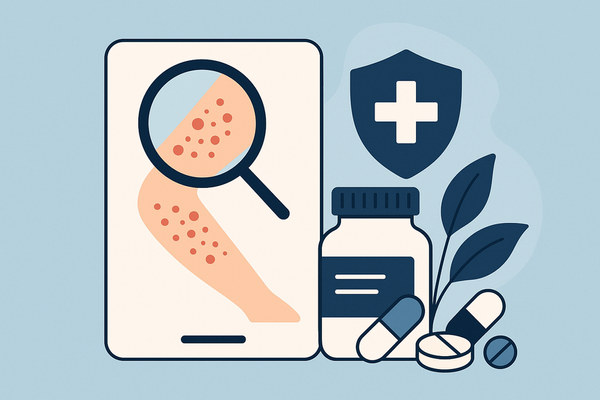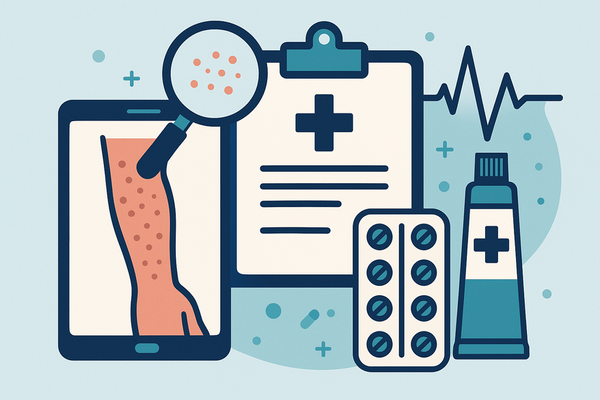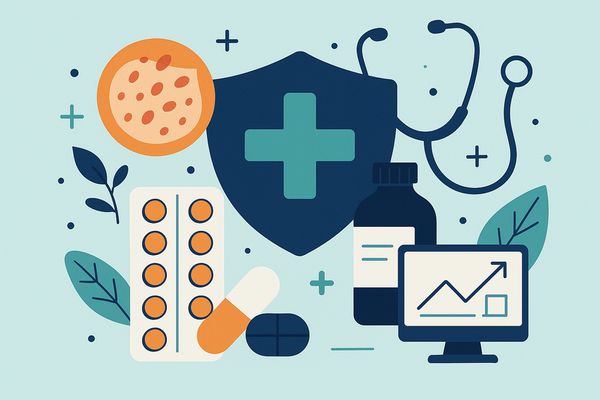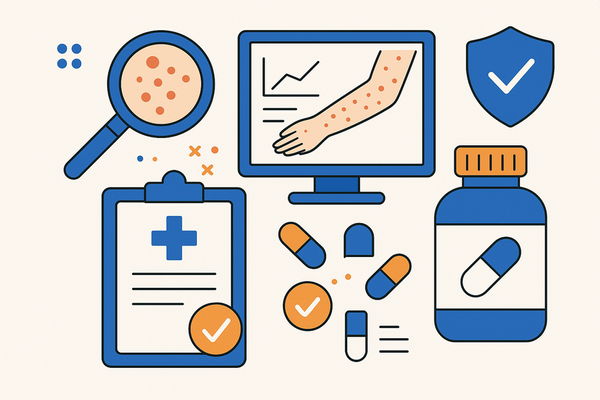Common Issues with Rash Diagnosis Apps: Risks, Challenges, and How to Stay Safe
Explore common issues with rash diagnosis apps, including risks, challenges, and expert tips for safe use, to ensure accurate and reliable diagnosis.
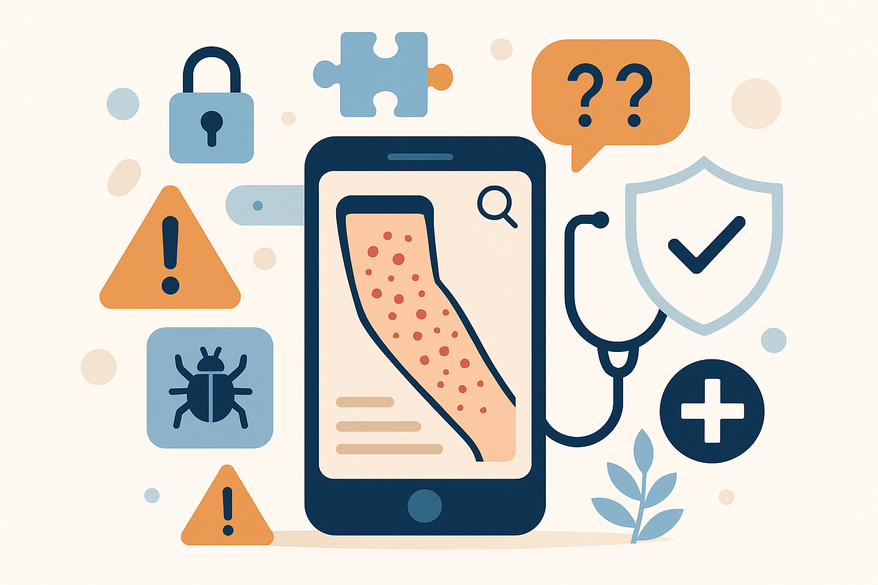
Estimated reading time: 7 minutes
Key Takeaways
- Rash diagnosis apps offer quick, AI-driven skin assessments but often suffer from accuracy and data privacy issues.
- Technical challenges include inconsistent image recognition, biased training data, and low overall diagnostic rates.
- Regulatory gaps and lack of clinical validation can leave users without adequate protection.
- Poor user interfaces and opaque results may lead to false reassurance or undue alarm.
- Always treat app feedback as informational, verify with a qualified provider, and choose apps with strong privacy and regulatory compliance.
Table of Contents
- Background on Rash Diagnosis Apps
- Technical Challenges
- Regulatory and Privacy Issues
- User Experience Challenges
- Implications for Users
- Future Trends and Improvements
- Conclusion
- Additional Resources
Background on Rash Diagnosis Apps
Rash diagnosis apps are AI-powered smartphone tools that analyze user-uploaded images of skin rashes. They tap into image-recognition algorithms and large medical image databases to offer preliminary dermatology insights without an in-person visit.
How They Function:
- Photo upload – Users snap or upload a rash image.
- AI analysis – The app’s machine-learning model compares the photo to thousands of labeled images.
- Result display – The app lists possible diagnoses and general advice, often with risk levels.
For a deeper dive into the AI pipeline behind these tools, see AI pipeline behind these tools.
Intended Benefits:
- Convenience: 24/7 access to preliminary skin health info without an appointment.
- Early detection: Flags potentially serious rashes to prompt medical follow-up.
- Symptom tracking: Creates a visual timeline to monitor rash changes over days or weeks.
Despite these advantages, the rapid rise of rash diagnosis apps has revealed significant downsides. Users often confront misdiagnoses, confusing interfaces, and unclear data practices.
Technical Challenges
- Inaccurate Image Recognition
- Algorithms can misidentify rashes due to poor lighting, out-of-focus images, odd angles, or varied skin tones.
- Repeated scans of the same rash yield inconsistent or conflicting results, eroding user trust.
- Algorithm Limitations
- AI models trained on limited or biased datasets struggle to recognize rare skin diseases or conditions on darker skin types.
- Some apps returned vastly different diagnoses for identical rash photos in repeat tests, showing low reliability.
- Accuracy Rates
- Online symptom checkers misdiagnose skin rashes about 69% of the time. Overall diagnostic accuracy for many health apps remains below 40%.
Regulatory and Privacy Issues
- Data Security and Privacy Risks
- Sensitive skin images and health information are often sent to remote servers for processing instead of on-device analysis.
- Unauthorized access, data breaches, or misuse of personal health data are possible. Many apps lack HIPAA-level safeguards.
- Lack of Standardization and Regulation
- Numerous apps bypass rigorous clinical validation or clearance by bodies like the FDA (U.S.) or CE (Europe).
- Variable quality, unchecked algorithms, and inconsistent user protection. Some apps claim diagnostic power without peer-reviewed backing.
Learn more about data security best practices.
User Experience Challenges
- Difficulty Interpreting Results
- Medical jargon, probability scores, or risk percentages confuse nonmedical users. Apps often lack clear guidance on next steps.
- False Reassurance or Undue Alarm
- A benign rash labeled as “low risk” may lead users to ignore symptoms. Conversely, a harmless condition flagged as “high risk” can cause unnecessary panic.
- Limited Clinical Context
- No physical exam, no medical history, no palpation, and no real-time clinician interaction.
- Critical clues like texture, temperature, or systemic symptoms go unassessed.
Implications for Users
Impact on Patient Outcomes:
- Delayed professional care – Users may postpone clinic visits after a false benign result.
- Misinformed self-treatment – Incorrect home remedies or over-the-counter drugs may worsen the condition.
- Missed serious diagnoses – Conditions like melanoma or cellulitis require prompt intervention; apps may overlook them.
Actionable Guidelines:
- Treat app results as informational only, never a definitive diagnosis.
- Always verify findings with a board-certified dermatologist or primary care physician.
- Choose apps with clear, transparent privacy policies and, when available, on-device image analysis to reduce data exposure.
- Look for apps with FDA/CE approval or published, peer-reviewed validation studies.
Future Trends and Improvements
- AI & Machine Learning Advances
- Multi-modal models – Combining image analysis with user-entered symptoms and medical history to mimic clinical reasoning.
- Bias mitigation – Expanding training datasets to include diverse skin tones, ages, and rare conditions.
- Enhanced Privacy Protocols
- On-device analysis – Processing images locally on smartphones to minimize data transfer.
- End-to-end encryption – Securing user data both in transit and at rest.
- Regulatory Outlook
- Stricter guidelines – Dermatological associations and health authorities are working on standards for clinical validation and oversight of diagnostic apps.
- Transparency requirements – Future policies may mandate disclosure of algorithm accuracy, data sources, and validation studies.
For instance, tools like Rash Detector allow users to upload photos of their rash and receive an AI-generated report in minutes. Below is a sample report illustrating key details such as confidence scores and recommended next steps.
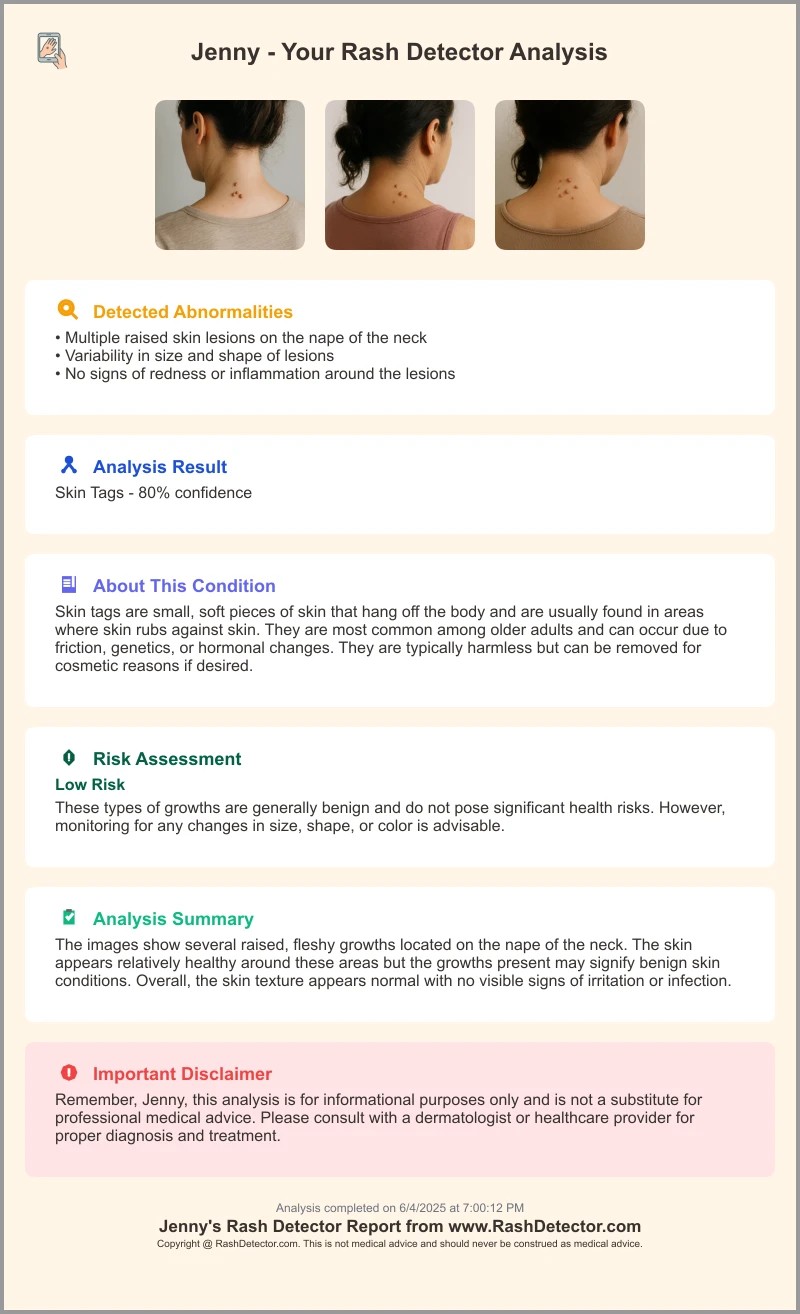
Conclusion
Rash diagnosis apps offer promising telemedicine benefits but come with key pitfalls. The common issues with rash diagnosis apps span technical errors in image recognition, regulatory and privacy gaps, and user-experience challenges that can impact patient safety. Use these tools as supportive aides, not replacements for professional care. Always consult a qualified medical provider for any concerning skin symptoms to ensure accurate diagnosis and treatment.
Additional Resources
- American Academy of Dermatology guidelines on digital health apps and safety
- VisualDx/Aysa clinician-vetted resource
- For personalized advice, consult a board-certified dermatologist or your primary care provider.
FAQ
- Q: Are rash diagnosis apps reliable?
A: While they can provide quick preliminary insights, accuracy rates often remain below 40% and results should be verified by a healthcare professional. - Q: How do rash apps protect my privacy?
A: Data security varies; look for apps with on-device analysis and end-to-end encryption as well as clear privacy policies. - Q: Can a rash diagnosis app replace a dermatologist?
A: No. These tools are designed for informational purposes only and cannot substitute a full clinical evaluation. - Q: What should I do if an app flags my rash as high risk?
A: Contact a board-certified dermatologist promptly and consider seeking in-person care, especially for persistent or worsening symptoms.


